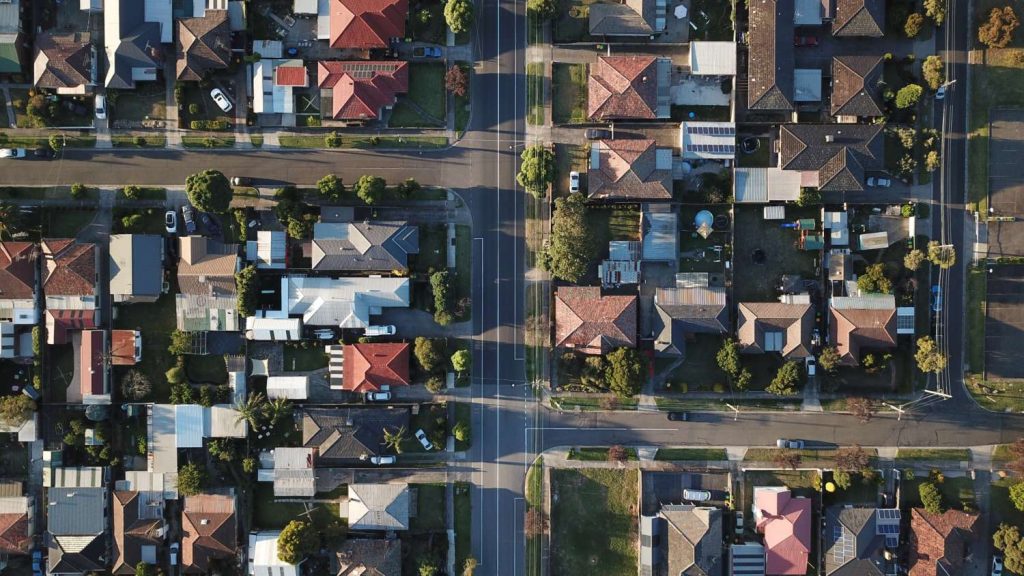[vc_row][vc_column][vc_column_text css=”.vc_custom_1554854020385{margin-right: 50px !important;margin-left: 50px !important;}”]
INTRODUCTION
[spacer height=”30px”]
The Australian Federal Budget is an estimated forecast of the countries expected expenditure and earnings in the following financial year. In the most recent budget that was released on the 2nd April 2019 of the 2019-2020 budget the details have been summarised for you below. I have hand-picked some topics which I feel relate more towards us millennials and how this can affect us going forward.
[spacer height=”30px”]
OVERVIEW
[spacer height=”30px”]
The budget plan has expected Australia to reach its first cash surplus in the last 10 years! The surplus leads our generation to better tax benefits and wealth fair towards our community as a whole and allows benefit management of funds to be used where we need it the most.
[spacer height=”30px”]
Australia’s unemployment rate has declined by 4.9% with stronger employment growth and opportunities, particularly for women. As the economy’s growth continues to increase resulting in better employment opportunities, growth in wages is also expected to rise.
[spacer height=”30px”]

[spacer height=”30px”]
AUSTRALIAN TAXATION OFFICE (ATO)
[spacer height=”30px”]
The outcome of reaching a surplus budget is largely due to more compliance applied through the ATO on Individual Income Tax Returns (ITR’s). More scrutiny has been applied to ITR’s in order to reduce the amount of overstated refunds to taxpayers. This will definitely be something accountants and tax agents will be looking out for as the ATO tightens the knot on what can be used as deductible expenses and what can’t.
[spacer height=”30px”]
PROPERTY
[spacer height=”30px”]
 [spacer height=”30px”]
[spacer height=”30px”]
Residential property development is expected to decrease as house prices have and may continue to fall. Building approvals are also expected to decline. These factors are largely a result of supply and demand within the housing market.
[spacer height=”30px”]
TAX BENEFITS
[spacer height=”30px”]
Immediate Tax Relief:
[spacer height=”30px”]
The budget has increased the amount of tax relief for low to medium income tax earned of up to $1,080 for singles and $2,160 for dual incomes earned. Tax reliefs in short are offsets which reduce the amount of tax you need to pay at the end of the financial year.
[spacer height=”30px”]
Small Business Write-Off:
[spacer height=”30px”]

[spacer height=”30px”]
Recent changes to the small business asset write-off have also increased to $30k (up from the previous $20k threshold) with further review by the 30th June 2020. This means that any one asset purchased during the year can be immediately written off and applied fully towards your business financials as a deduction. Deductions are apportioned based on the business usage if the asset is also used personally.
The increased threshold applies to assets purchased between the 2nd April 2019 to 30 June 2020.
Some benefits of this increase write-off include:
- Increased cash flow
- Ability to reinvest funds back into the business
- Allows businesses to spend more money on affordable staff
- Creates opportunity for further business growth and asset/business acquisitions
[spacer height=”30px”]
Individual Tax Rates:
[spacer height=”30px”]
The ATO are expected to decrease tax rates for individuals by 2025, completely eliminating the middle tax bracket which allows individual to earn more income and keep it! This provides taxpayers more of an incentive to work harder, earn more income and even work for more than 1 job without fear of crazy tax consequences.
Please see below a table illustrating the changes towards Australia’s tax bracket:
[spacer height=”30px”]
CURRENT:
[spacer height=”30px”]
| Tax Rates (2018-19) | INCOME THRESHOLDS (2018-19) |
| Nil | $0-$18,200 |
| 19% | $18,201-$37,000 |
| 32.5% | $37,001 – $90,000 |
| 37% | $90,001 – $180,000 |
| 45% | $180,001 & Over |
[spacer height=”30px”]
NEW:
[spacer height=”30px”]
| Tax Rates (2024-25) | INCOME THRESHOLDS (2024-25) |
| Nil | $0 – $18,200 |
| 19% | $18,201 – $45,000 |
| 30% | $45,001 – $200,000 |
| 37% | TAX BRACKET REMOVED |
| 45% | $200,001 & Over |
[spacer height=”30px”]
Company Tax Rates:
[spacer height=”30px”]
Company tax rates have been legislated to decrease yet again for small businesses with annual turnovers below $50 million. This tax reduction has come 5 years early and as a result by 2021-22 company tax rates for small-medium sized companies will be expected to pay taxes at 25%. The standard company tax rate if the small business allocation does not apply to you, remains at 30%.
[spacer height=”30px”]
[spacer height=”30px”]
Steven Wong Accountants
Accounting for Growth
0401150894
[/vc_column_text][/vc_column][/vc_row]